By Christopher Miskimon
Lieutenant William Paul Chapman’s fellow soldiers were tank hunting on the afternoon of August 11, 1944. The Battle of Mortain was raging around them, a counterattack by a German armored spearhead against the growing and inexorable advance of the Allied armies out of the Normandy beachhead. Chapman was an infantry officer in the 12th Regiment, U.S. 4th Infantry Division, who began his combat tour as a mortar platoon leader and later became a company commander. German tanks and panzergrenadiers were attacking his battalion’s part of the line. So far, the Americans were holding their own, particularly against the enemy infantry. The German tanks were a different story; they pounded Chapman’s riflemen with cannon and machine-gun fire even as he repositioned them for a better defense.
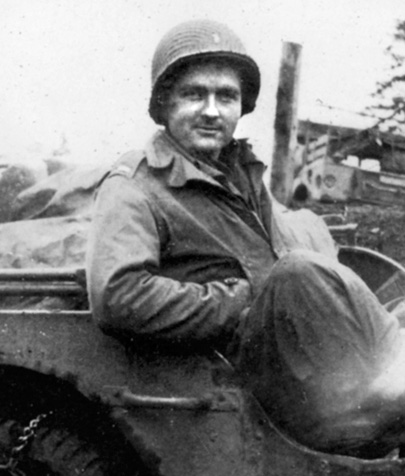 An enemy tank appeared from behind a hedgerow and began firing at the battalion command group. The Anti-Tank Platoon Leader, Lieutenant Morgan Welch, took a bazooka team out to destroy the tank. They used the hedgerow to conceal their approach, and soon they crouched behind some shrubs and loaded a rocket into the weapon. The tank on the other side was a dreaded PzKpfw. VI Tiger, one of the most heavily armored tanks Germany possessed. Welch took up the bazooka himself, stood up, took a fast aim, and fired. The rocket raced out in a whoosh of smoke and flame, struck the Tiger squarely in the side of the turret—and bounced harmlessly away.
An enemy tank appeared from behind a hedgerow and began firing at the battalion command group. The Anti-Tank Platoon Leader, Lieutenant Morgan Welch, took a bazooka team out to destroy the tank. They used the hedgerow to conceal their approach, and soon they crouched behind some shrubs and loaded a rocket into the weapon. The tank on the other side was a dreaded PzKpfw. VI Tiger, one of the most heavily armored tanks Germany possessed. Welch took up the bazooka himself, stood up, took a fast aim, and fired. The rocket raced out in a whoosh of smoke and flame, struck the Tiger squarely in the side of the turret—and bounced harmlessly away.
The Americans watch helplessly as the Tiger’s turret swung their way, its long 88mm gun barrel searching for them. It fired, and the blast knocked the men flat. When Welch regained his senses moments later, he heard a sound … plop … plopplop.… It took a few seconds for them to realize the sound was that of their helmets falling back to the ground. The explosion had launched them high into the air. Mercifully for the Americans, the tank’s commander decided to withdraw and simply drove away.
More hard fighting lay ahead that day. An American tank crew spotted another German tank nearby and put three rounds into it. Smoke poured from his target, so the American tank commander moved on to other targets nearby. Soon, however, the “dead” panzer moved away. A trio of German PzKpfw. V Panther tanks shelled the Americans, wounding the battalion commander. Soon most of the battalion’s officers were dead or wounded. Despite this, the soldiers held their ground, even knocking out a Panther with a lucky hit with a bazooka rocket. The day ended with the American advance stalled by the fierceness of the German counterattack, their only gain being the ability to bring forward tanks of their own. Unknown to them, however, the Germans also had to pull back, battered by artillery and air attacks enabled by the stiff American infantry defense.
 August 11 was only one day in Bill Chapman’s war. Along with his comrades of the 2nd Battalion, 12th Infantry he made his way from Normandy to Germany, fighting for seven months until wounded. By that time, he had gone from platoon leader to battalion operations officer, unfortunately not uncommon in the brutal and unforgiving world of infantry combat. The battalion had 35 officers when it landed on Utah Beach on D-Day; by V-E Day, only four of them were still in the unit, including Chapman. His story and that of his comrades is relayed in fascinating detail in Battle Hardened: An Infantry Officer’s Journey from D-Day to VE Day (Craig S. Chapman, Regnery History, Washington, D.C., 2018, maps, photographs, notes, bibliography, index, $32.50, hardcover).
August 11 was only one day in Bill Chapman’s war. Along with his comrades of the 2nd Battalion, 12th Infantry he made his way from Normandy to Germany, fighting for seven months until wounded. By that time, he had gone from platoon leader to battalion operations officer, unfortunately not uncommon in the brutal and unforgiving world of infantry combat. The battalion had 35 officers when it landed on Utah Beach on D-Day; by V-E Day, only four of them were still in the unit, including Chapman. His story and that of his comrades is relayed in fascinating detail in Battle Hardened: An Infantry Officer’s Journey from D-Day to VE Day (Craig S. Chapman, Regnery History, Washington, D.C., 2018, maps, photographs, notes, bibliography, index, $32.50, hardcover).
The book relays the visceral experience of infantry combat in World War II. The mix of bravery, determination, selflessness, horror, brutality, callousness, and mercy known to Chapman and his soldiers is laid bare for the reader. The unit began like all others, unbloodied and green, but quickly had to learn hard lessons to achieve survival and victory. The author reveals how this bitter process worked for Chapman’s unit. Reading this work imparts a better understanding and appreciation of what American soldiers went through to do their part in winning the war. The author is Bill Chapman’s son, a former soldier himself. He uses this personal knowledge and his own experiences to bring the subject matter to vivid life for the reader.
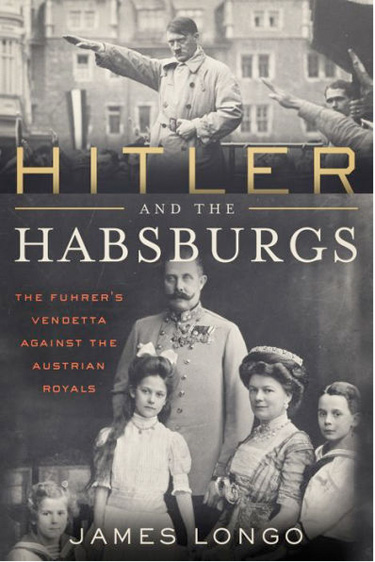 Hitler and the Habsburgs: The Führer’s Vendetta Against the Austrian Royals (James Longo, Diversion Books, New York, 2018, 336 pp., notes, bibliography, index, $25.99, hardcover)
Hitler and the Habsburgs: The Führer’s Vendetta Against the Austrian Royals (James Longo, Diversion Books, New York, 2018, 336 pp., notes, bibliography, index, $25.99, hardcover)
Few now know it, but Adolf Hitler hated the Austrian royal family. The Hapsburgs ruled over an ethnically and culturally diverse empire that was essentially dismembered after World War I. Despite this diversity, the Hapsburgs themselves were an Austrian family—except for the children of the late Archduke Franz Ferdinand, whose assassination ignited the war. They were considered outsiders. Ferdinand’s sons grew to become outspoken opponents of the racial ideologies of Nazi Germany, something Hitler would not tolerate. As soon as Austria was absorbed by the Reich in 1938, they were quickly arrested by the Gestapo and shipped off to the infamous Dachau concentration camp. The deceased archduke’s daughter, Princess Sophie Hohenberg, remained free but did not remain quiet. She and other women in the family fought back against the Nazis despite the imprisonment and torture of various family members, showing bravery and determination in the face of the brutal regime.
This book is the product of a decade of research into what is a little-known episode of the war. The author explores the cause of Hitler’s disdain for the children of Franz Ferdinand as well as the family’s resistance. The work is full of details of the royal family and their experiences as well as Hitler’s obsession with Vienna, the city where he spent much of his youth. It is an enlightening account of fading royalty’s struggle against the terror and ruthlessness of 20th-century fascism.
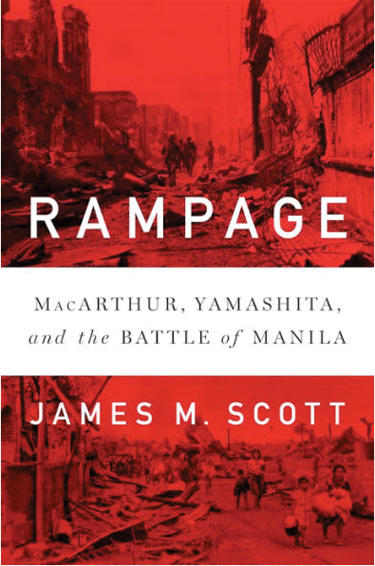 Rampage: MacArthur, Yamashita and the Battle for Manila (James M. Scott, W.W. Norton, New York, 2018, 640 pp., maps, photographs, notes, bibliography, index, $32.95, hardcover)
Rampage: MacArthur, Yamashita and the Battle for Manila (James M. Scott, W.W. Norton, New York, 2018, 640 pp., maps, photographs, notes, bibliography, index, $32.95, hardcover)
The 1st Cavalry Division was hell-bent on reaching the city of Manila in the early days of February 1945. A task force of the division’s 8th Cavalry Regiment pushed ahead of the rest of the division, intent on reaching the city and rescuing the American civilians interned at the Santo Tomas camp. The American leadership feared the civilians would be murdered by the Japanese and took the risk of overextending the unit to reach the camp before the expected executions could begin. The task force reached a bridge over the Tuliahan River and found it wired for demolition with the fuse already burning. A Navy demolition expert, James Sutton, was attached to the cavalry. He rushed onto the bridge and cut the wires; the bridge was saved 14 minutes before the charges would have exploded. That evening American tanks arrived at the camp to the utter joy of the prisoners, but the ordeal was not yet over.
The Battle of Manila was more than a military engagement. It was a liberation of human beings who suffered up to the last moments of Japanese control. This new book explores the numerous facets of the battle, including the military leaders and actions, the civilians who suffered and tried to stay alive, and the freed internees who spent years enduring torment and neglect. The author does not ignore the plight of the noncombatants and likens Manila to the infamous Rape of Nanking in its brutality and destruction. The book is engaging, descriptive, and thorough.
 Survival on the Death Railway and Nagasaki (Jim Brigginshaw, Big Sky Publishing, Newport, Australia, 2018, 179 pp., $29.99, hardcover)
Survival on the Death Railway and Nagasaki (Jim Brigginshaw, Big Sky Publishing, Newport, Australia, 2018, 179 pp., $29.99, hardcover)
Jim Bodero was a living skeleton, his body ravaged by the mistreatment and abuse he suffered while a prisoner of the Japanese during World War II. The horror of this statement is that Jim was still a thin, emaciated man 27 years after the war ended. He never recovered from his ordeal. Jim was captured with the fall of Singapore in early 1942 and spent the rest of the war as essentially a slave laborer. When the atomic bomb was dropped on the Japanese city of Nagasaki, Jim was nearby, deep underground in a coal mine. Finally, the war ended, and Jim was liberated along with thousands of his surviving fellow prisoners. But his difficult journey wasn’t over.
This book covers not only Jim’s experiences while a prisoner of war, but also the aftermath, including the Australian government’s poor treatment of this returning veteran. The book is quite readable, with a smooth narrative that flows almost like a novel. It also covers the subject’s difficult battle to regain his health after years of brutality. Finally, this work is a testament to Jim’s resilience, his very Australian ability to endure hardship, and his unflagging sense of humor and good cheer. There are a number of accounts of prisoners of war in the Far East coming to light recently; this one stands out for its clear prose and enlightening detail, relaying all the terror of the POW experience.
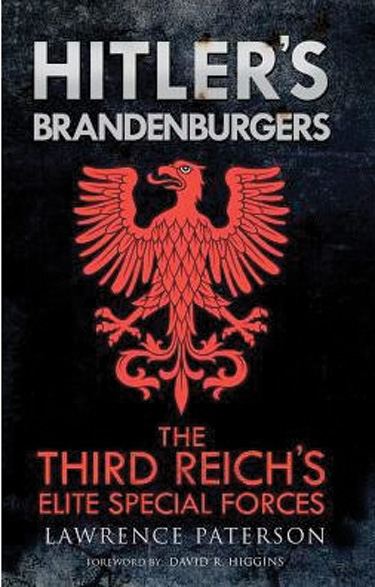 Hitler’s Brandenburgers: The Third Reich’s Elite Special Forces (Lawrence Paterson, Naval Institute Press, Annapolis, MD, 2018, 310 pp., photographs, appendix, notes, bibliography, index, $42.95, hardcover)
Hitler’s Brandenburgers: The Third Reich’s Elite Special Forces (Lawrence Paterson, Naval Institute Press, Annapolis, MD, 2018, 310 pp., photographs, appendix, notes, bibliography, index, $42.95, hardcover)
Germany did not produce special forces organizations to the degree the Allies did, but the few units they created performed with distinction. The Brandenburgers were perhaps the best of them. They were originally raised before the war began as part of Admiral Wilhelm Canaris’s Abwehr intelligence group and soon carried out all manner of commando-style operations for the Third Reich. In North Africa they undertook missions like those of the British Special Air Service and Long-Range Desert Group. Initially, General Erwin Rommel chastised them for such tactics but ceased when the Axis felt the effects of the same techniques at British hands. The Brandenburgers also served on the Eastern Front, pulling off daring raids in the Caucasus. They went on to hunt partisans in the Balkans but were broken up in 1944 and converted into a panzergrenadier division, though many of the men transferred to Otto Skorzeny’s SS Jägdverbände.
The relative unfamiliarity of many history enthusiasts with the Brandenburgers is corrected by this new volume. The author dispels the myths surrounding the unit and goes into its major operations in detail. Various officers and soldiers of the unit are included in the stories, making the book more than just a dry unit history. Much of the material is gained from the accounts of former Brandenburgers, and the book is well illustrated.
 Ghost Riders: When US and German Soldiers Fought Together to Save the World’s Most Beauti-ful Horses in the Last Days of World War II (Mark Felton, Da Capo Press, Boston, MA, 2018, 304 pp., photographs, notes, bibliography, index, $27.00, hardcover)
Ghost Riders: When US and German Soldiers Fought Together to Save the World’s Most Beauti-ful Horses in the Last Days of World War II (Mark Felton, Da Capo Press, Boston, MA, 2018, 304 pp., photographs, notes, bibliography, index, $27.00, hardcover)
When the plague of Nazi Germany spread across Europe, one of the most notable acts of theft they executed was to take many of the famed Lippizzaner horses, known for being the purest bred equines in Europe, to a special location in Czechoslovakia. Their goal: to breed an “Aryan super horse.” There they stayed until the last days of the war. An American colonel named Charles Reed learned about them; he also knew their location would soon be under the control of the advancing Soviet Red Army. At the insistence of General George Patton and fearing the horses might be slaughtered for their meat, Reed led a task force to find and rescue the horses. Along the way they received help from Germans who were enemies just hours earlier.
The story of this amazing and unorthodox rescue mission has been unnoticed by most historians until now. The author pieced together details from various archives and overlooked documents to create a narrative that is both flowing and riveting. He also places the event within the larger political picture of the war’s harrowing last days. The American soldiers who carried out this mission stated they did so to “do something beautiful.” Now that act of beauty is better known.
 Voices from the Battle of the Bulge (Nigel De Lee, Greenhill Books, South Yorkshire, UK, 2018, 288 pp., maps, photographs, appendices, bibliography, index, $19.95, softcover)
Voices from the Battle of the Bulge (Nigel De Lee, Greenhill Books, South Yorkshire, UK, 2018, 288 pp., maps, photographs, appendices, bibliography, index, $19.95, softcover)
On December 16, 1944, Hitler committed most of his remaining reserves of troops and armor to a surprise attack against the American forces in the Ardennes Forest. By this time more than a million troops from both sides were involved in World War II on the Western Front. The Battle of the Bulge was the largest land battle fought by American soldiers during the war. The fighting was often brutal and the conditions always difficult. The Germans made many initial gains, but after a month of fighting their offensive failed and the Allies had cleared the way for the final defeat of the Nazis in Western Europe. The Bulge was truly one of the epic battles of the entire war and one that none of the surviving participants ever forgot.
The firsthand accounts of more than 70 of those participants are included in this new edition of a classic work on the battle. These comprise the experiences of the generals and planners who created the operations to ordinary soldiers fighting for their lives from foxholes and inside tanks. These individual stories are engaging, full of detail, and help the reader understand how various parts of the battle were woven together into the hard-fought campaign that helped signal the end of the Third Reich.
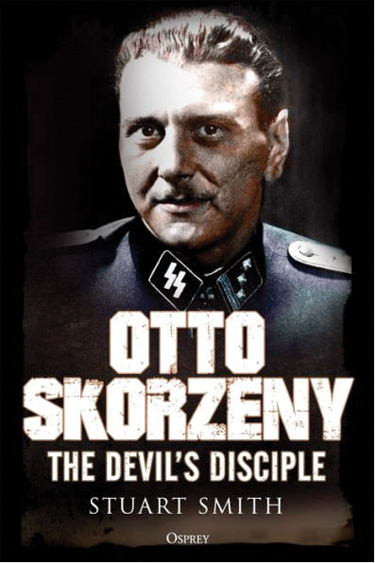 Otto Skorzeny: The Devil’s Disciple (Stuart Smith, Osprey Publishing, Oxford, UK, 2018, 384 pp., maps, photographs, notes, bibliography, index, $30.00, hardcover)
Otto Skorzeny: The Devil’s Disciple (Stuart Smith, Osprey Publishing, Oxford, UK, 2018, 384 pp., maps, photographs, notes, bibliography, index, $30.00, hardcover)
Otto Skorzeny was once dubbed “the most dangerous man in Europe.” As the leader of SS Special Forces, he planned and carried out a number of daring raids and missions during the course of the war. He also received credit for a few he had little to do with. After the war he managed to escape conviction for war crimes, once again ducking accusations and avoiding blame. After the war he led a life of intrigue, never really facing justice for his life of violence and conspiracy.
This biography of the famed Nazi commando lays out his deeds and misdeeds in a clear and interesting way. Skorzeny is a figure given to creating bias among historians, but the author takes care to present the facts in a straightforward manner, allowing the reader to see the subject’s story with clarity.
New and Noteworthy
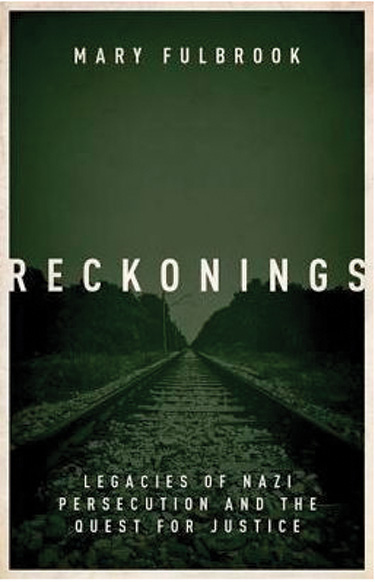 Reckonings: Legacies of Nazi Persecution and the Quest for Justice (Mary Fulbrook, Oxford University Press, 2018, $34.95, hardcover) This book explores the depths of Nazi inhumanity and the efforts to reconcile the past after the war. It reveals that many war criminals were never brought to account.
Reckonings: Legacies of Nazi Persecution and the Quest for Justice (Mary Fulbrook, Oxford University Press, 2018, $34.95, hardcover) This book explores the depths of Nazi inhumanity and the efforts to reconcile the past after the war. It reveals that many war criminals were never brought to account.
Bomb Disposal in World War Two (Chris Ransted, Pen and Sword Books, 2018, $44.95, hardcover) The author has compiled the story of the British Army’s Bomb Disposal Units, including those in the Home Army. These soldiers defused and removed thousands of German bombs and mines during the war.
SS Specialist Units in Combat: Rare Photographs from Wartime Archives (Bob Carruthers, Pen and Sword Books, 2018, $22.95, softcover) SS units included cavalrymen, artillerymen, engineers, medics, and even bakers. This is an illustrated history of these men during the war.
The Battleship Bismarck (Stefan Draminski, Osprey Publishing, 2018, $60.00, hardcover) Bismarck was Germany’s most famous battleship. This new work contains hundreds of drawings and illustrations of the ship.
The Forgotten Dead: The True Story of Exercise Tiger, the Disastrous Rehearsal for D-Day (Ken Small, Osprey Publishing, 2018, $16.00, softcover) This is a new telling of the Slapton Sands incident in which German E-boats attacked a practice amphibious landing prior to D-Day, killing almost 750 Americans.
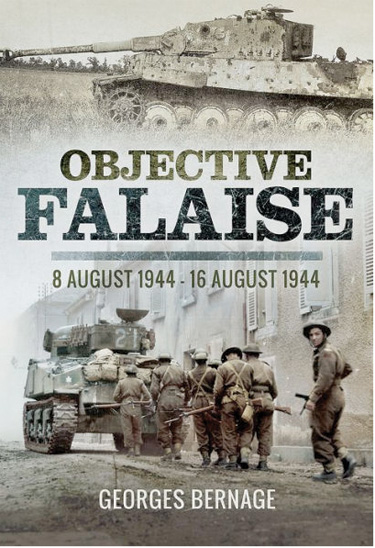 Objective Falaise: 8 August 1944-16 August 1944 (Georges Bernage, Pen and Sword Books, 2018, $34.95, hardcover) During the Normandy fighting, the First Canadian Army launched two operations to break through the German defenses, Totalize and Tractable. This book covers those battles in detail.
Objective Falaise: 8 August 1944-16 August 1944 (Georges Bernage, Pen and Sword Books, 2018, $34.95, hardcover) During the Normandy fighting, the First Canadian Army launched two operations to break through the German defenses, Totalize and Tractable. This book covers those battles in detail.
The Dunkirk Evacuation in 100 Objects: The Story Behind Operation Dynamo in 1940 (Martin Mace, Frontline Books, 2018, $39.95, hardcover) This work compiles 100 items that together tell the story of the Dunkirk Evacuation. It contains a wide variety of artifacts with interesting detail about their roles in the operation.
The Battle of the Dnepr: The Red Army’s Forcing of the East Wall, September-December 1943 (Translated and edited by Richard W. Harrison, Helion and Company, 2018, $79.95, hardcover) This is a translation of the Soviet General Staff’s account of a critical period in the Soviet Union’s war against Nazi Germany. It reveals a Soviet view of the battle in stark detail.
The Long-Range Desert Group in World War II (Gavin Mortimer, Osprey Publishing, 2018, $27.00, hardcover) The author has written several books on British Special Forces in World War II. This latest volume covers this famous group, which worked closely with the Special Air Service.
The History of the Panzerjager Volume 1: Origins and Evolution 1939-42 (Thomas Anderson, Osprey Publishing, 2018, $45.00, hardcover) The author is an acknowledged expert on German armored fighting vehicles of World War II. This book covers the German antitank forces during the early years of the conflict.
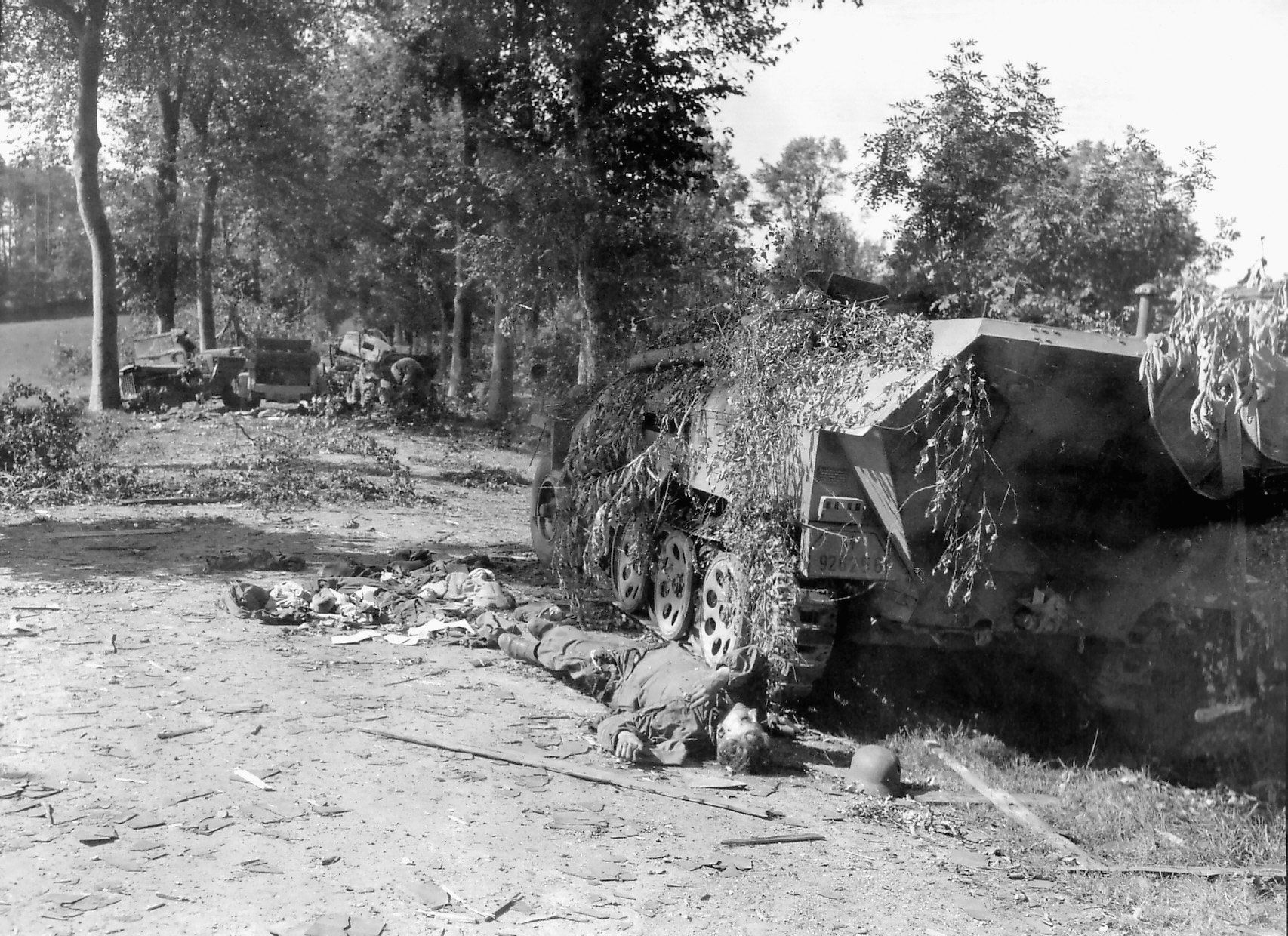

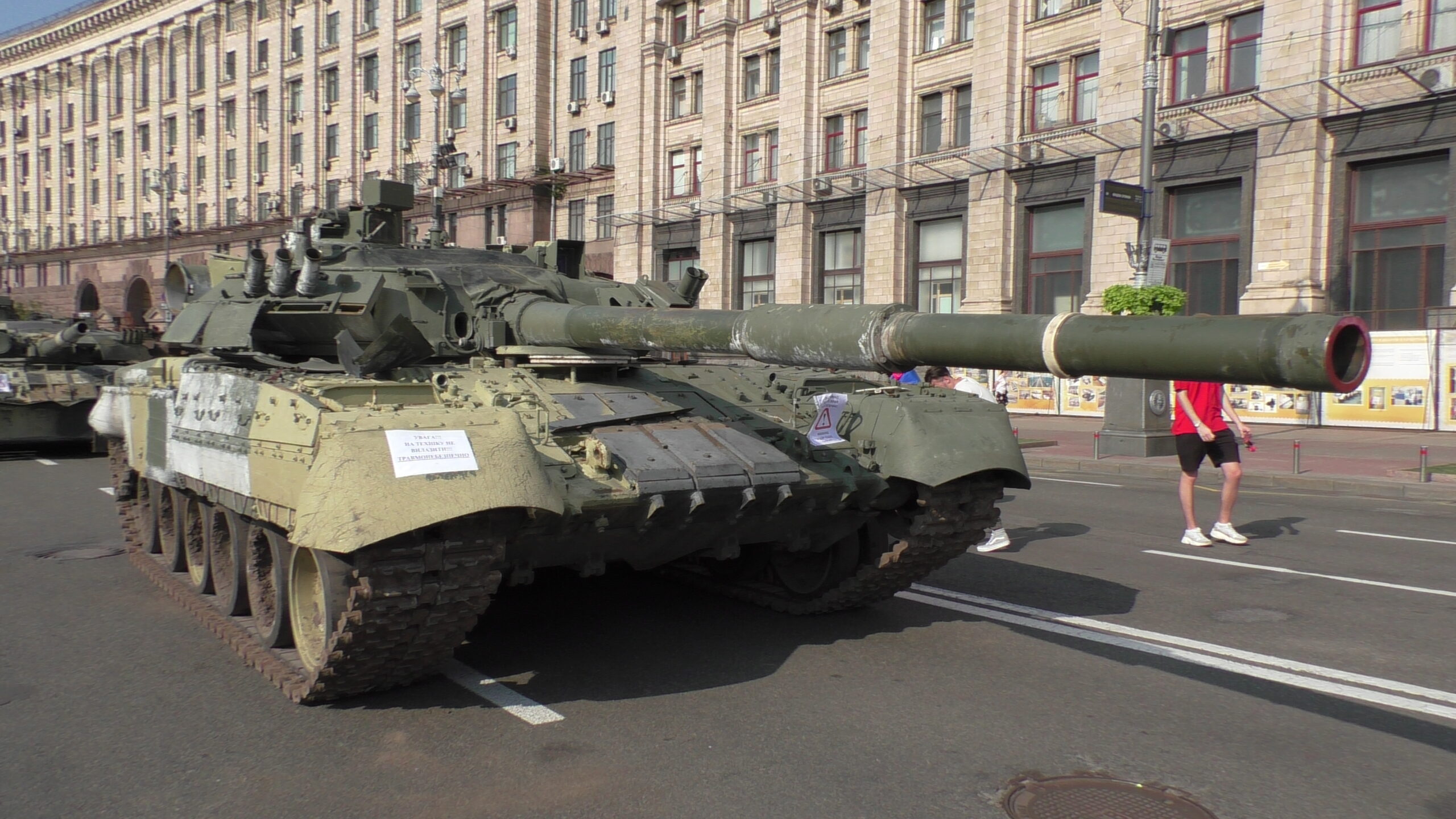
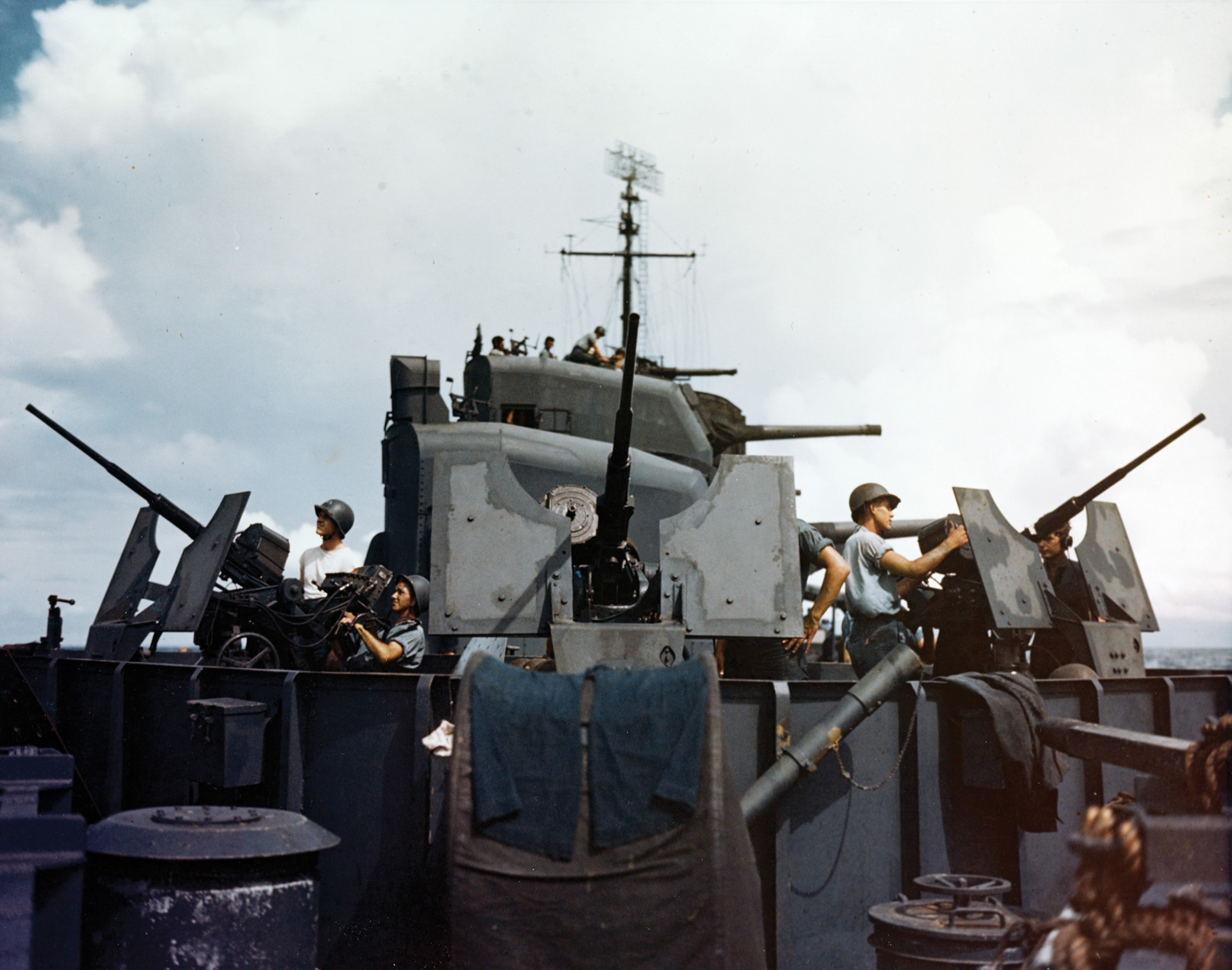
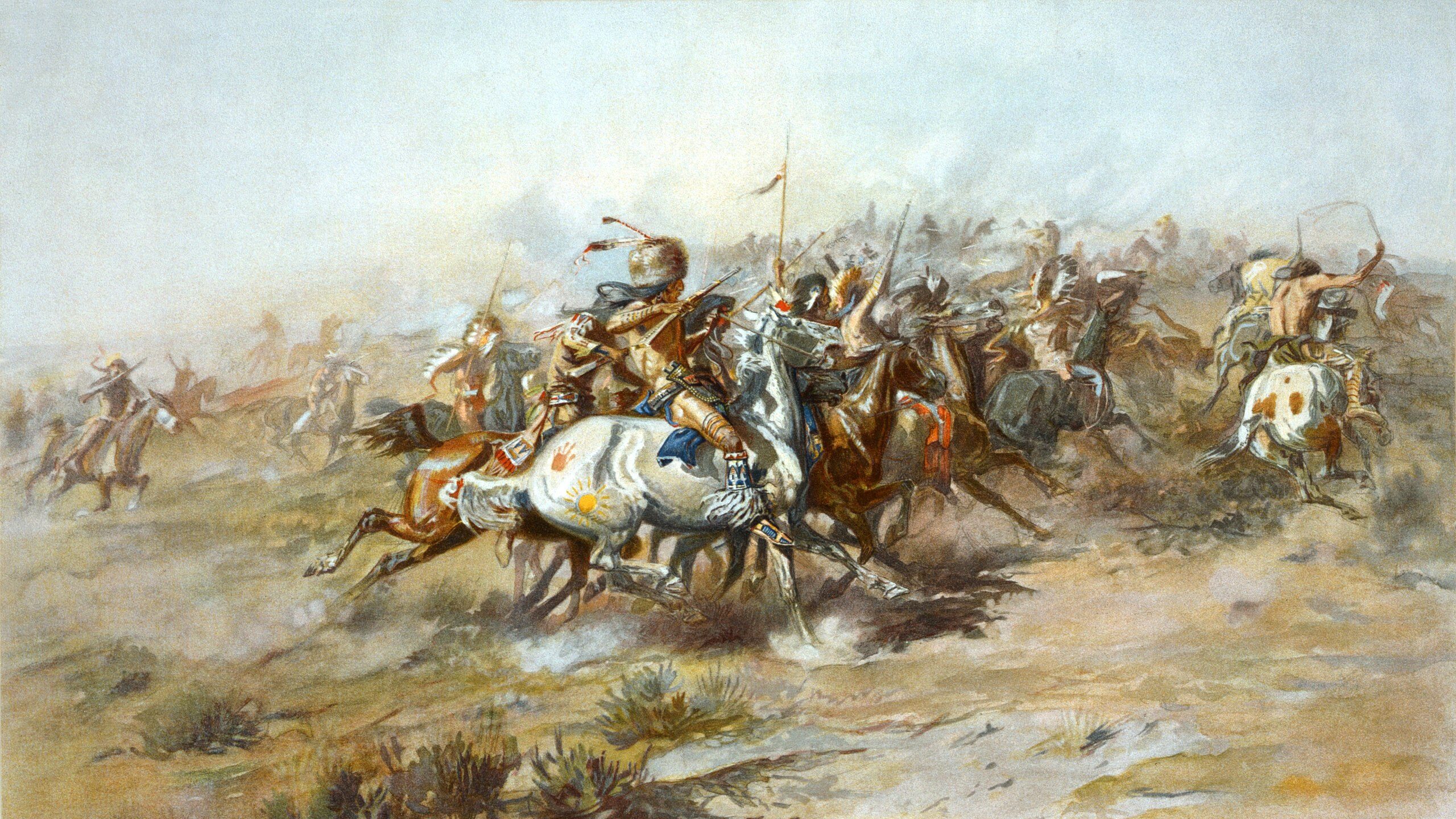
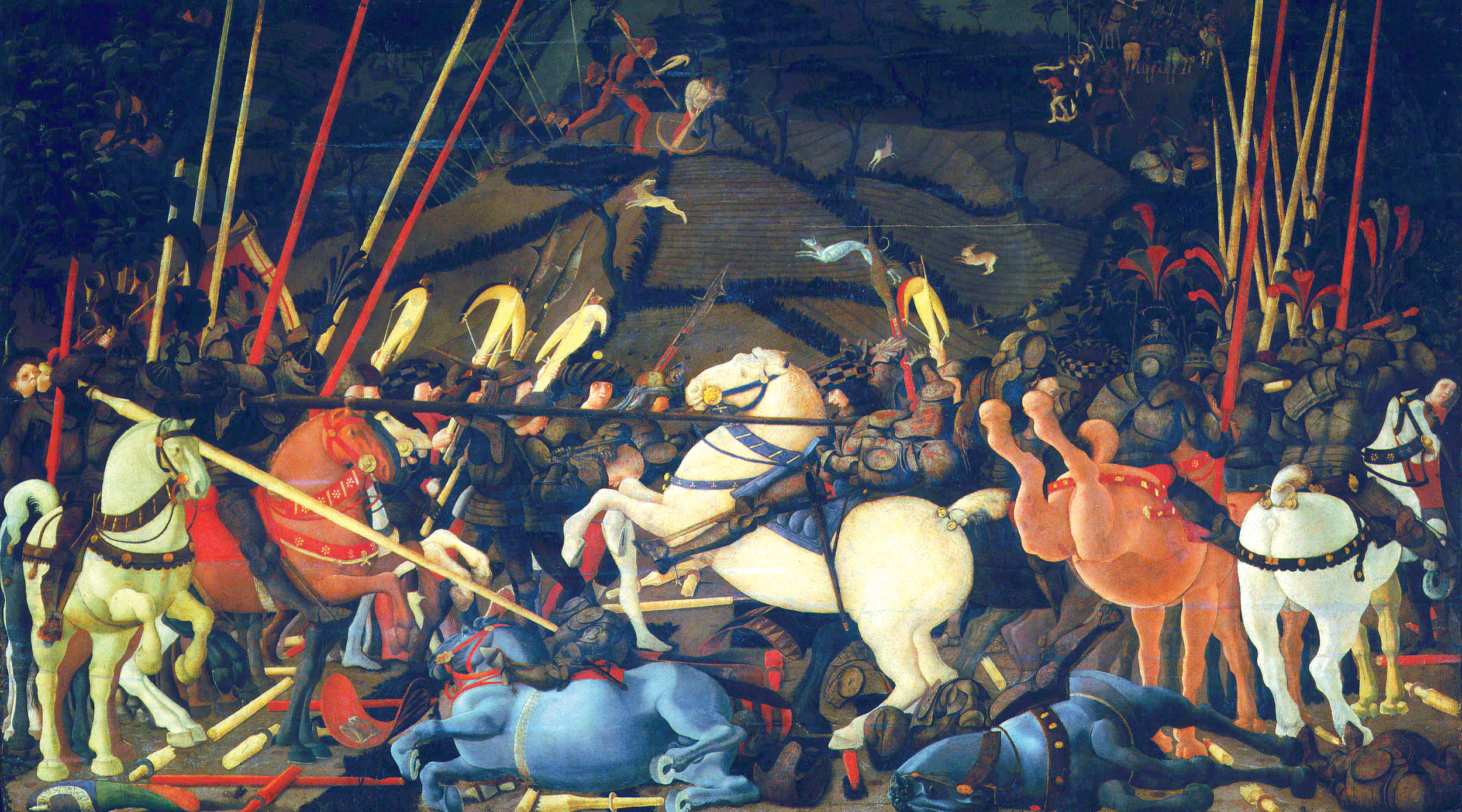
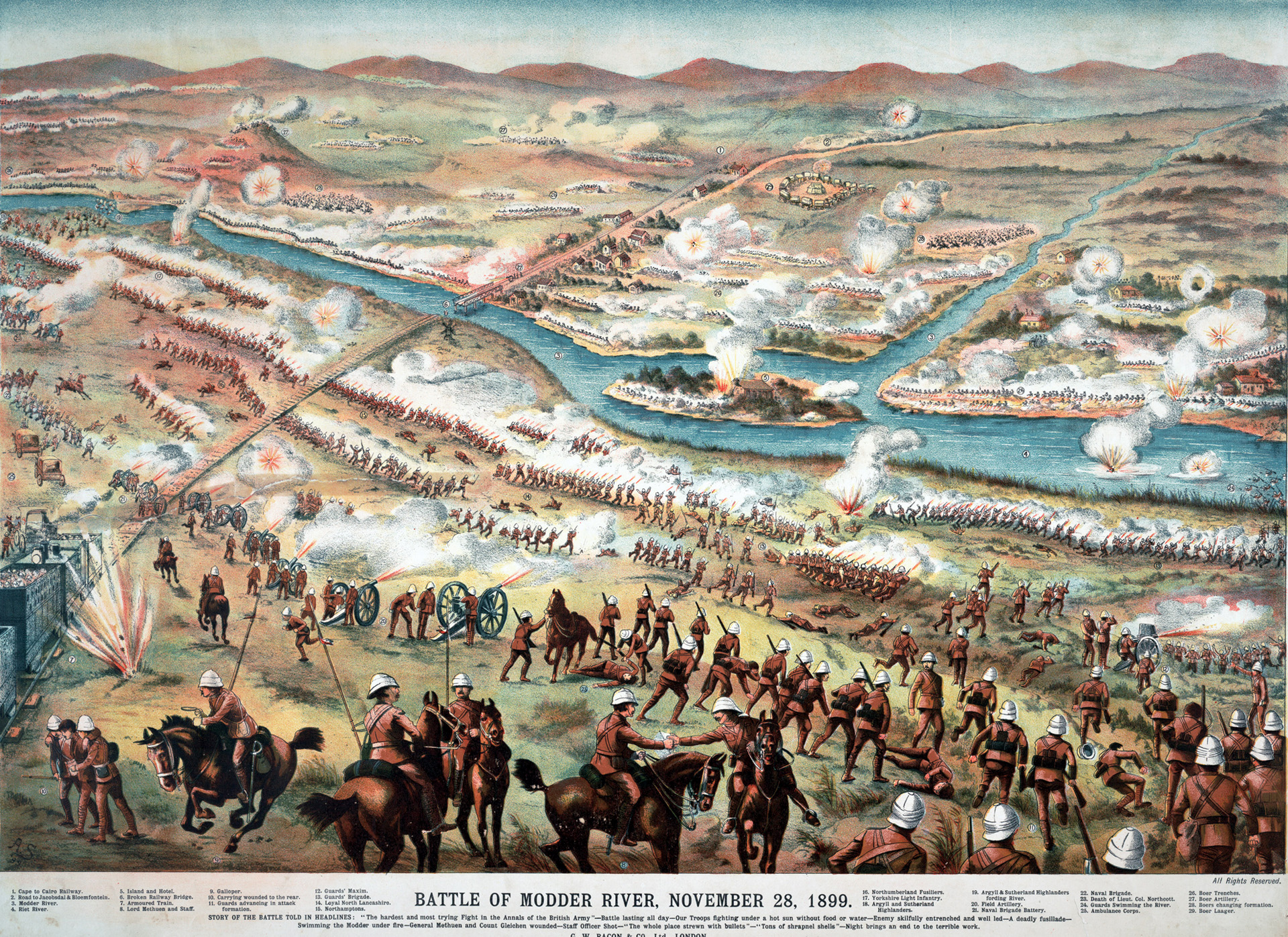
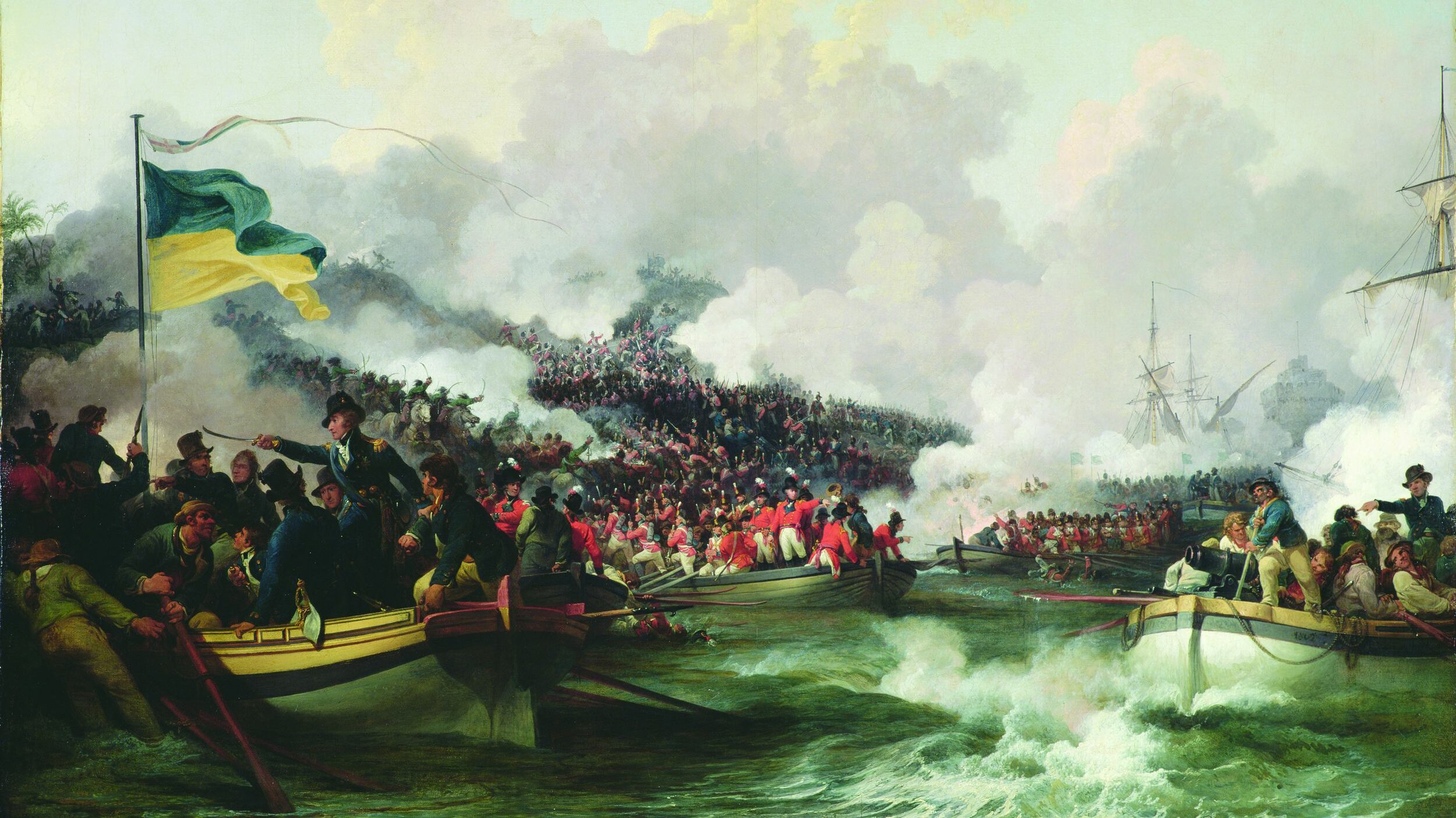
Join The Conversation
Comments
View All Comments